Our website is currently under maintenance. Pages and links will still be available.
Our website is currently under maintenance. Pages and links will still be available.
Worms are the most common Northern Pikeminnow bait. Chicken liver is the next most popular bait. Make sure it is fresh and keep it cold to prevent it from getting too soft to stay on the hook. Cut-bait (strips cut from fish), fish entrails, skin from fried chicken, salmon eggs, grasshoppers, crayfish tails, and shrimp are also popular.
Chicken liver balls are a great bait to use for pikeminnow when you are sitting on anchor in a hole and looking to draw hungry fish. Northwest Sportsman Magazine demonstrated this Henny Penny's Pikeminnow Bait technique in their June 2016 edition.
There are three primary methods of fishing with bait for Northern Pikeminnow:
To plunk bait, you will need lead weights from one-half ounce to 2 ounces, depending on the current. Bank sinkers are most commonly used. Number 2 hooks are recommended.
To rig sliding sinkers, you will need swivels to act as a stop. Plastic beads can be used between the weight and swivel to protect the knot. With two swivels, you can rig a sliding dropper (see rigging illustrations below). For drift-fishing baits, you will need weights ranging from one-eighth to one-half ounce. Use hollow-core lead wire pinched on the drop-line, or lead shot inside a hollow fabric cord, and a small float to keep the bait off the bottom.

Sliding Dropper
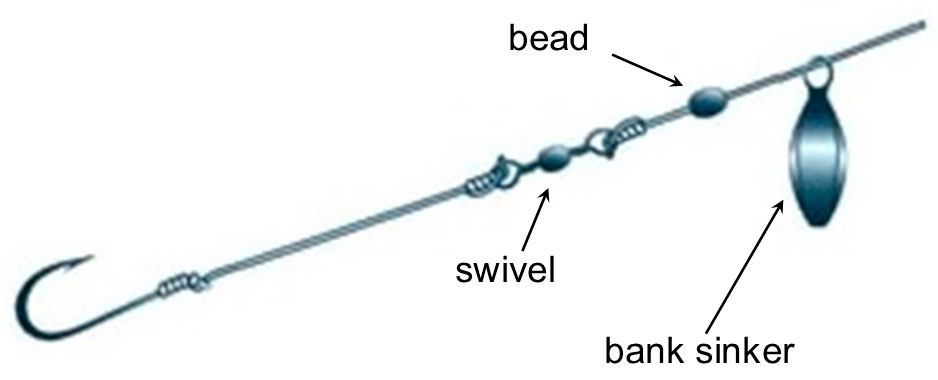
Sliding Sinker
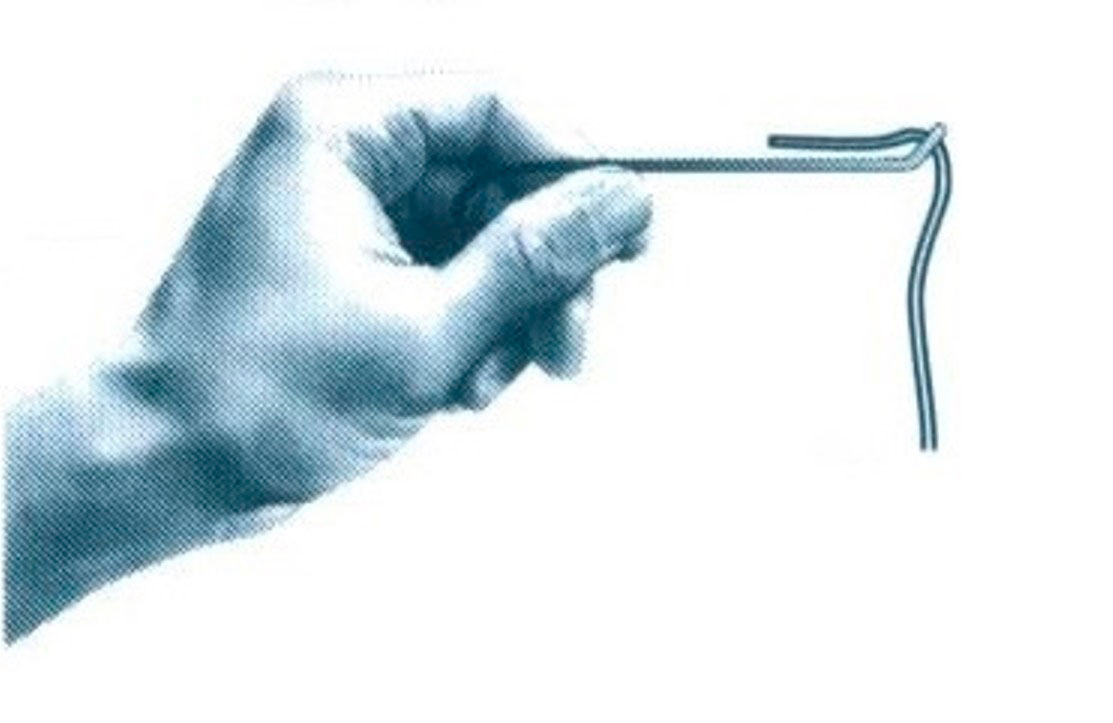
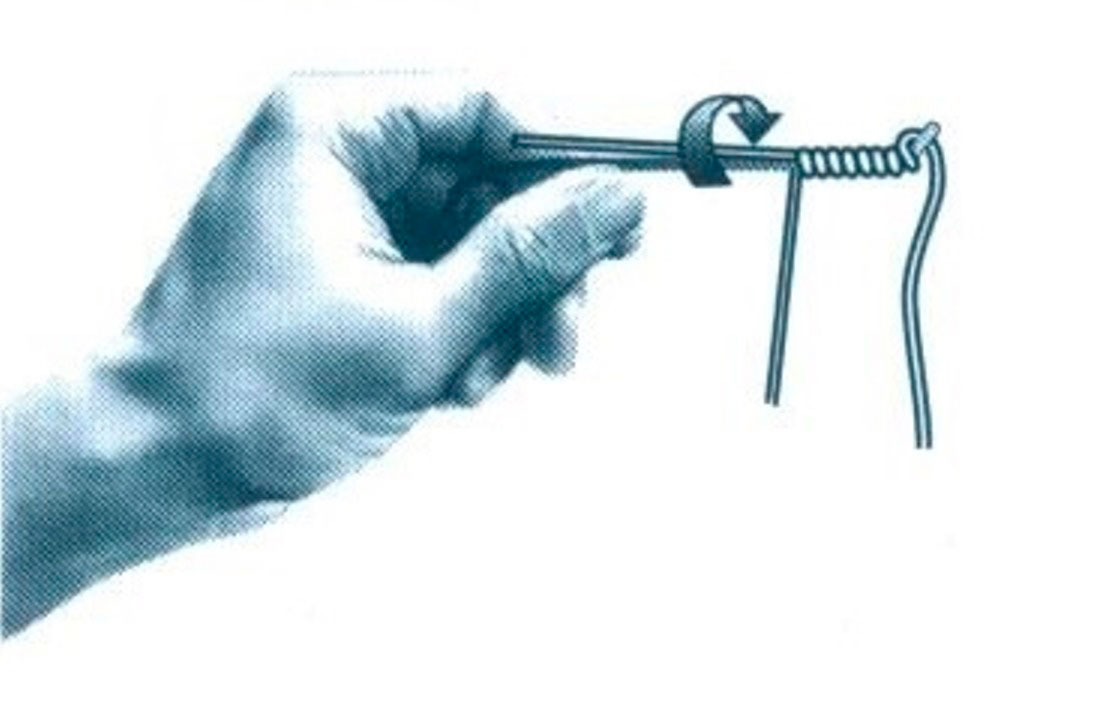
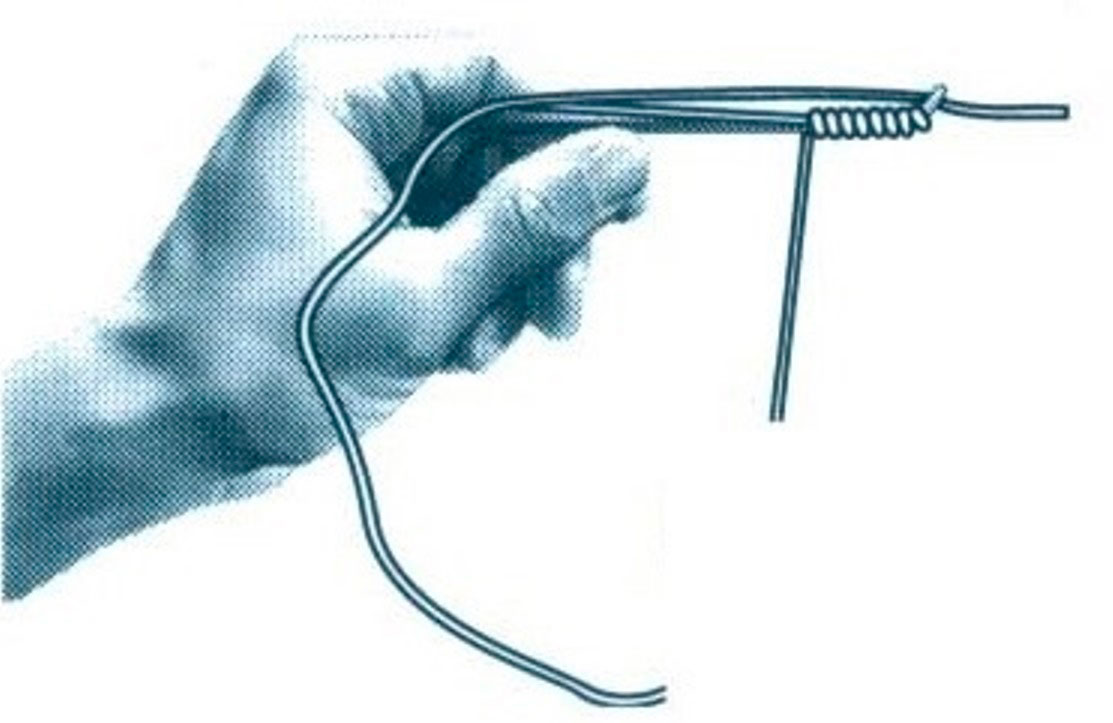
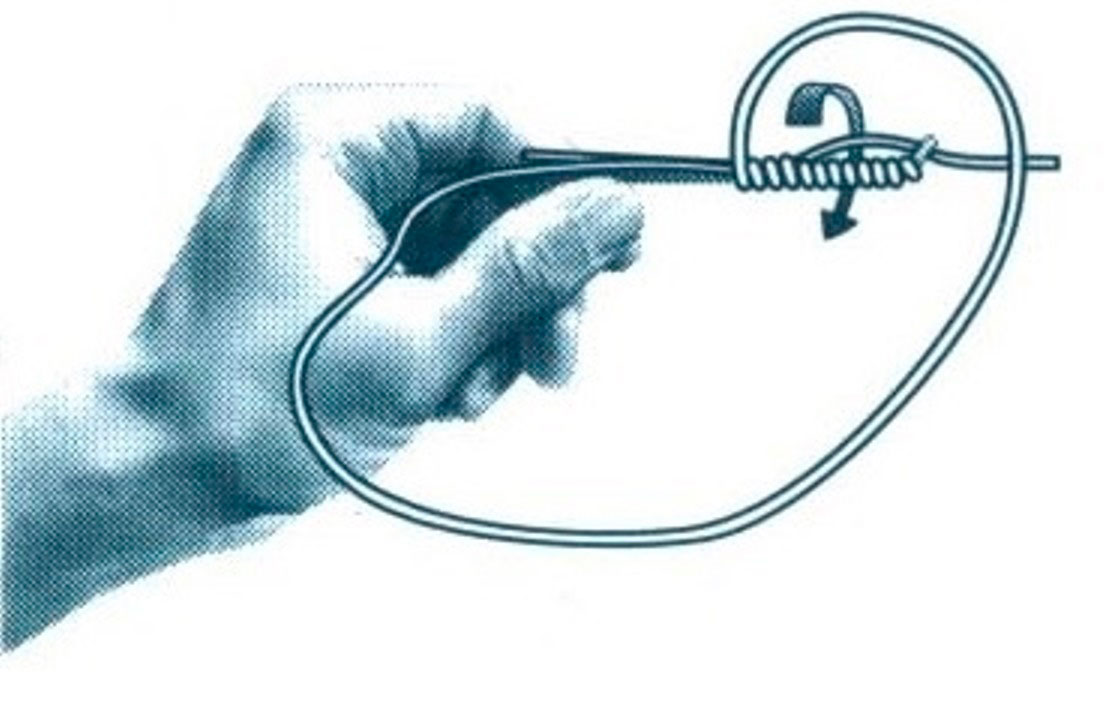
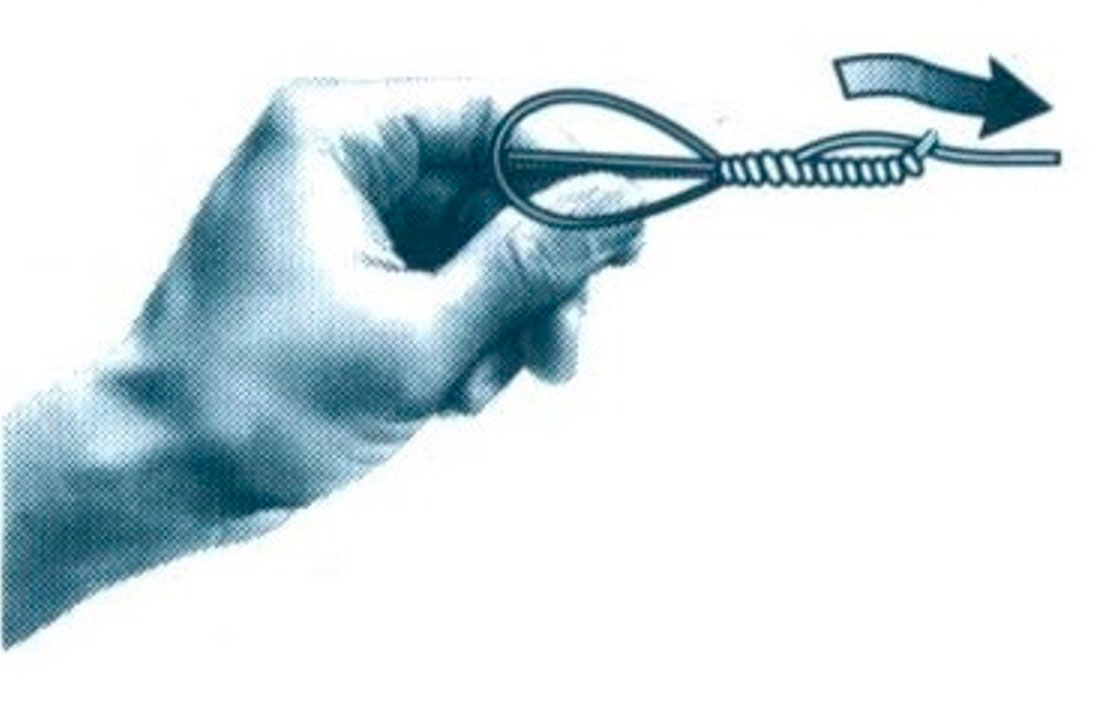
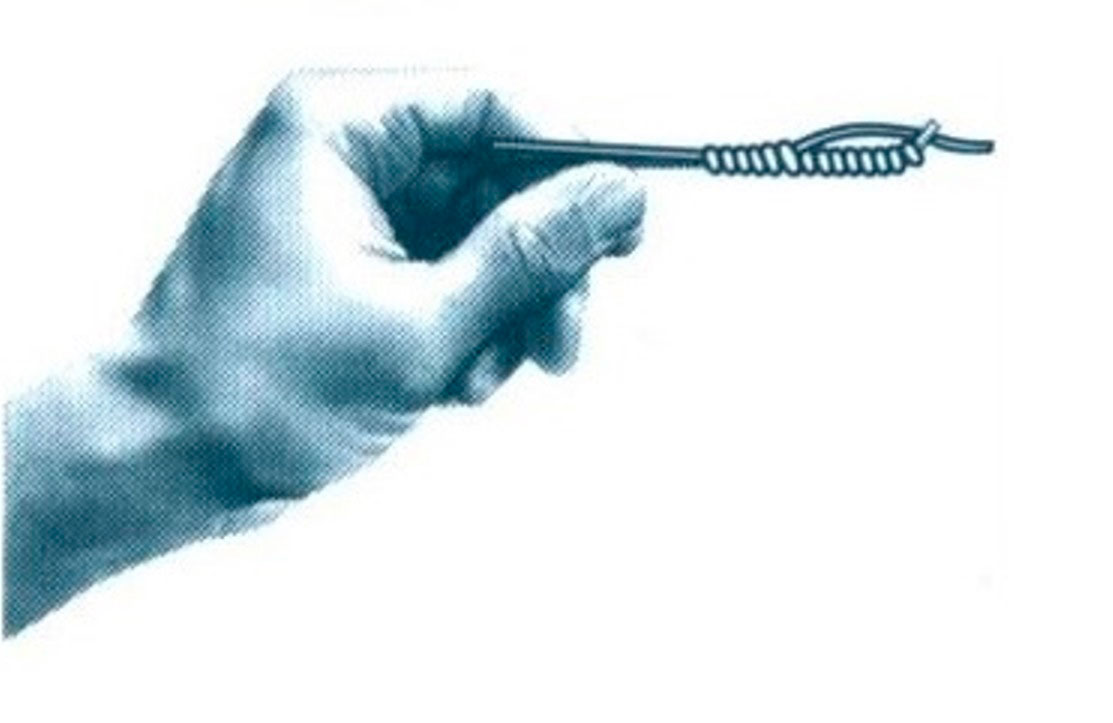
Washington Department of Fish and Wildlife
800-858-9015 Toll Free
360-906-6707
pikeminnow@dfw.wa.gov
800-769-9362 Toll Free
503-595-3297
vouchers@pikeminnow.org
503-230-3862
800-622-4520 Visitor Center